Pharmaceutical Liquid Waste (sPLW)
The undesirable effects of release of some pharmaceutical drugs into the environment have been a serious public health concern. This study was aimed at investigating percentage adsorption of Chlorpheniramine, Ibuprofen and Glipizide from deionized water and spiked Pharmaceutical Liquid Waste using oxidized activated carbons (OAC), hydrophobic activated carbons (HAC) and basic activated carbons (BAC) prepared from mango kernel and avocado pear seeds. Activated carbons (ACs) were prepared from mango kernel seed and avocado pear seed, through KOH activation. The AC was oxidized with HNO3 to produce OACs that were surface functionalized using ethylene diamine to produce BACs and ethylamine to produce HACs. The adsorption capacity, qe and % adsorbed with time, from the sPLW and deionized water were determined and compared. Drug adsorption depends mainly on solution pH and the adsorbent surface nature, and initial pH 7 was found optimal for the removal of the three drugs. The Chlorpheniramine uptake follows the order: HAC > OAC > BAC for mango kernel seed and avocado pear seed, whereas the adsorption of Ibuprofen and Glipizide follow the order: OAC > HAC > BAC for the two adsorbent materials. The adsorption capacity, qe and % adsorbed with time, from the sPLW of the different carbons follow similar order to that of Chlorpheniramine, Ibuprofen and Glipizide, from deionized water. The percentage removal of drugs as function of sample treatment (OAC, HAC, BAC), drug type (CHP, IBU, GLI), and sample type (Mango kernel seed, Avocado pear seed), showed that there is a significant difference in % removal from main effect of sample treatment at F= 54.633, P value = 0.000. Drug adsorption from spiked Pharmaceutical Liquid Waste (PLW), showed slightly less capacity than that from deionized water but the same trend in the percentage adsorbed by the different carbons as in the deionized water. Such decrease in drug uptake from sPLW is probably because of the competition of dissolved organic substances available in sPLW, with Chlorpheniramine, Ibuprofen and Glipizide molecules, for adsorption sites on the adsorbents. OAC, HAC, BAC prepared from mango kernel and avocado pear seeds displayed good capability for drug removal from spiked pharmaceutical liquid waste. Therefore, surface functionalization of activated carbon using mango kernel and avocado pear seeds showed a promising solution for pharmaceutical removal from deionized water as well as pharmaceutical liquid waste.
Keywords: Chlorpheniramine, Glipizide, deionized water, percentage adsorption, spiked Pharmaceutical Liquid Waste.
Download: FULL TEXT PDF
PUBLISHED
HOW TO CITE
Iloh Emmanuel Onyema (2023). Percentage adsorption of Chlorpheniramine, Ibuprofen and Glipizide from deionized water and spiked Pharmaceutical Liquid Waste (sPLW). IAA Journal of Biological Sciences, 10(1):126-144.
